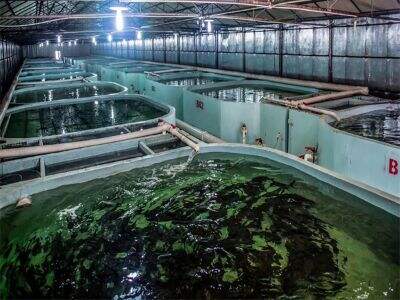The lowering of carbon footprint is one of the major framework of several major industries such as aquaculture for example. Aquaculture is rearing of fish and other seafood, and is greening more broadly thanks to low-carbon strategies. These practices aim to reduce the environmental load of aquaculture and thus to make it more sustainable in the future. Here’s a closer look at how low-carbon methods are transforming the seafood industry.
Low-carbon Practices Are Making Aquaculture a Greener Industry
Novel approaches for sustainable aquaculture are being advanced to help lower carbon emissions and waste in fish farming. One of these solutions is to power aquaculture solution farms with renewables like solar and wind. Aquaculture farms can reduce their carbon footprint and the harm they cause to the environment just by using clean energy.
Another clever approach is to employ recirculating aquaculture systems
Which can conserve both water and waste in fish farming. These systems purify and clean the water used to keep aquariums of fish which would otherwise be flushed out into the environment. This saves water and minimizes pollution from aquaculture farms.
Low carbon practices also emphasize sustainability, and provide practice guidelines to ensure that the resources being used in fish farms are doing so responsibly, and not so much that they are depleted for generations to come. Sustainable practices on the part of aquaculture farms can go a long way toward protecting ocean health and ensuring a secure food supply for generations to come, from sourcing feed from sustainable sources to minimizing the use of chemicals and antibiotics.
The implications of low carbon footprint strategies in aquaculture are tremendous.
Through efforts to lower carbon footprints, conserve water, and promote sustainability, aquaculture farms keep doing their part to protect and preserve the environment and keep the industry moving towards a greener future. The aquaculture system are good for the planet and they help elevate the overall quality and safety of the seafoods we make.
Conclusion
In summary, low-carbon measures are greening up the aquaculture business. From smart fixes and sustainability to reducing their carbon footprint, aquaculture farms are helping bring a positive revolution to the seafood industry. By utilizing these solutions, Wolize is honored to be a part of the solution and to contribute in creating a greener tomorrow for aquaculture.












































